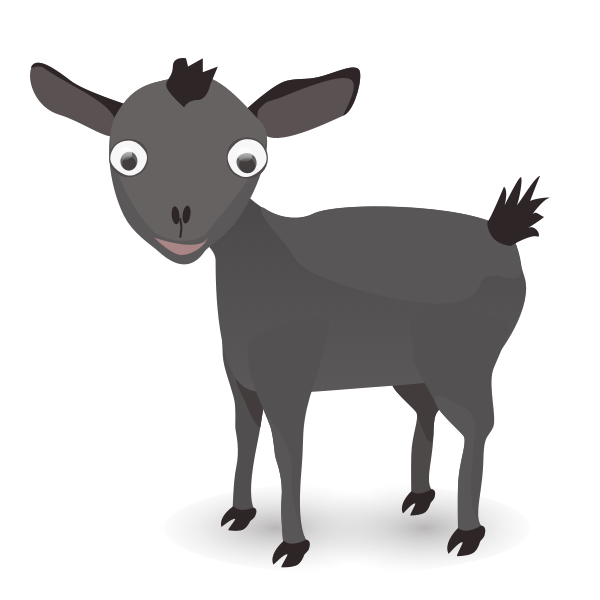
Educational mobile game
2016-2021
Overview — I co-founded an edtech company with 5 others. Checheza was a passionate development team creating an educational app for children. Our mission was to create a free and open source app to assist young children learn the basics of reading, writing and math.
My role—Sole designer
Responsibilities— As the sole designer in a startup, I had a wide range of tasks. Primarily I focussed on the app where I designed the games, ui, ux, concept art and wrote specifications for the game design. On the branding side, I created new logos and fonts, produced branding guidelines, took photographs, designed and coded the website.
Collaborators—The 5 other co-founders: 2 business development, 2 developers, 1 marketing





 The Checheza team with our partner Illicit Africa program director and assistant, plus the children who attend the Illicit Africa tech centre in Bududa.
The Checheza team with our partner Illicit Africa program director and assistant, plus the children who attend the Illicit Africa tech centre in Bududa.
 Persona built on research participants
Persona built on research participants









